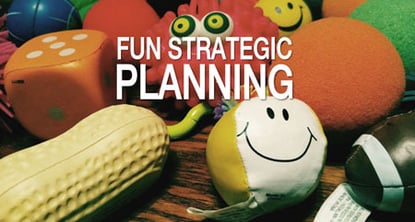One fact of life when working with these clients? It’s common that nearly all of the participants in one of these Brainzooming innovation workshops are engineers.
When this happens, our clients invariably caution us to not expect unbridled innovation. They let us know that their engineers are more comfortable solving focused engineering problems than thinking wildly about pushing their products and processes into extreme innovation realms.
3 Ice Breakers for Identifying Creative Thinking Potential
Do you face similar challenges in your organization as you attempt to coax bold innovative ideas from an engineering-heavy team?
When you already know the participants, you can plan ahead and spread the most open, creative thinkers throughout the workshop.
If you aren’t working with people that you know, though, you can do what we do. Brainzooming uses ice breaker exercises to identify individuals with a greater likelihood of displaying broad, creative thinking skills.

Here are ice breakers that work well to highlight the creative thinkers:
1. Who Would Play You in a Movie?
Ask everyone to identify who would play them in a movie about the day. This is a great ice breaker to see who exhibits fun, imaginative thinking in their answers. (Note: I once had three women in succession suggest that Meryl Streep would play them. I know that at least Meryl #2 and Meryl #3 weren’t that creative.)
2. Share Your Best Subjects
Provide everyone a strength-related multiple choice question: Would you most appropriately identify yourself as strong in Math, Music, or Math and Music?
People with an affinity toward math AND music generally prove themselves to be balanced thinkers. They readily exhibit both creative and analytical perspectives as you generate ideas.
3. Uncover the Artists
Invite participants to identify themselves as cartoonists (or are at least that they are comfortable drawing). In reality, almost no one will identify as a cartoonist.
To arrive at the real answer, we demonstrate how to draw a simple cartoon made up completely of letters of the alphabet. Since they can all write, they wind up performing as if they are cartoonists. Those who go along and have fun with the activity are the ones we tentatively label as stronger creative thinkers.
Don’t Leave It to Chance
None of these approaches is a sure thing.
You can use them all, though, to ferret out individuals with stronger creative thinking skills.
Once you know who they are, spread them among the small groups generating ideas. This will foster greater success at imagining ideas initially rather than analyzing (and shooting them down) in real time. - Mike Brown
If you enjoyed this article, subscribe to the free Brainzooming email updates.




